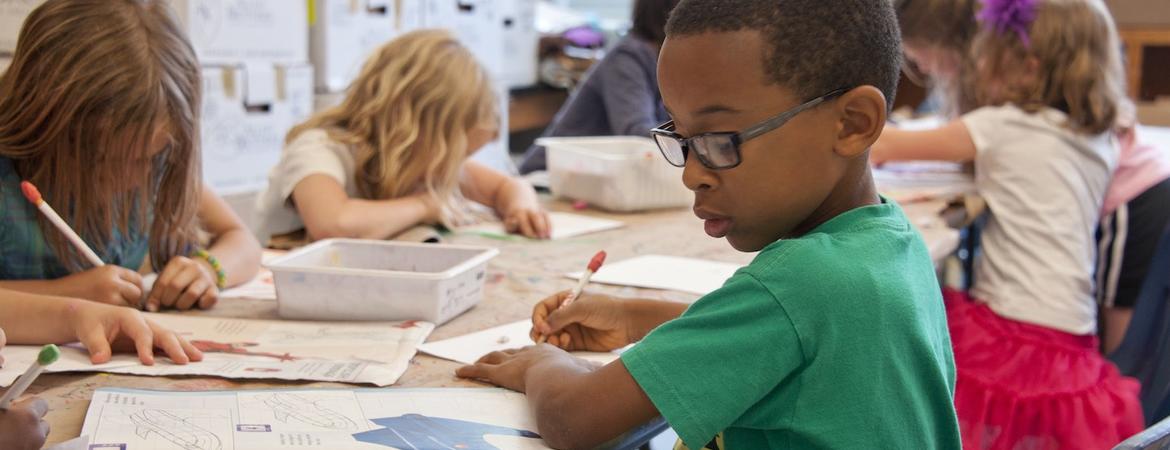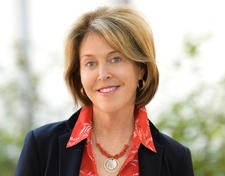
General education teachers make time to find student’s interests, celebrate their talents, and have one-on-one time to form stronger relationships with students with autism, finds a UC Riverside-led study. According to the researchers, only 9% of general education teachers studied have received training in how to include children with autism in their regular classroom activities, but in small focus groups, teachers discussed what strategies have worked for them.
The authors suggest that these simple strategies are ones every teacher can adopt to create more inclusive classrooms and cultivate stronger relationships with students, especially students with autism.
“The relationships a child forms as early as kindergarten predict how well they’ll do down the road. Close relationships with teachers are strongly related to better social skills, relationships, grades, and other beneficial outcomes. But conflictful relationships with teachers can lead to delinquency, poor grades, and other problems,” said the senior person on the project, Distinguished Research Professor Jan Blacher, also director of the SEARCH Family Autism Resource Center at UC Riverside. “We hypothesized that for young autistic children, this is even more important because they often lack the social skills to interact with peers as well as with teachers.”
For the past three years, Blacher and first author Yasamin Bolourian, a postdoctoral scholar at UCR, have been talking with general education teachers to find out what they know and what they want to know about students with autism. The program, called “Smooth Sailing,” is funded by a grant from the Institute of Education Sciences and is developing intervention strategies for general education teachers. The sister site of the project is at University of Massachusetts Boston, led by co-principal investigator Abbey Eisenhower, and her team. This new paper is the first peer-reviewed report to emerge from the project.
“We know that nationally about 60% of students with autism spend all or part of their day in a general education classroom but many of their general education teachers feel ill equipped to teach them. Only 9% of general education teachers compared to 48% of special education teachers have training in teaching children with autism,” said Bolourian.
The new study is published in the Journal of Autism and Developmental Disorders and co-authored by UCR doctoral candidate Ainsley Losh, along with Narmene Hamsho and Eisenhower at the University of Massachusetts Boston. In these focus groups with 18 teachers in California and Massachusetts, the researchers focused on understanding teachers’ views of autism and what they did to build positive relationships with students with autism.
Though they had little autism training, teachers were aware and had a good understanding of the hallmarks of autism. They also saw children with autism as uniquely talented and creative. But teachers’ perceptions of negative qualities outnumbered these positive traits three to one.
“We took this as a sign that some students and teachers are struggling,” said Bolourian.
In spite of these challenges, many of the teachers saw increased success for students with autism by assigning them job responsibilities, showcasing special talents, and using visual aids.
Job responsibilities included taking down chairs, setting up laptops, passing out papers, and sharpening pencils. Visual aids include printed lists or schedules. Teachers can also write down or present a picture of tasks.
Showcasing special talents or interests presents a more of a challenge for teachers.
“Because some children with autism use subtle forms of communication, teachers can have difficulty finding out what the child’s special interests are,” Bolourian said. “It can be hard for teachers to find time to do this. We’re trying to help teachers do that.”
In the past, Blacher said teachers misunderstood their autistic students or ignored their focus on a special topic rather than incorporating the special interest into their teaching. The Smooth Sailing program aims to help teachers draw out special interests, recognize the children’s communicative attempts, and use them to teach rather than seeing them as a roadblock.
“People don’t realize how much that interaction with teachers early on in school sets the child up for the future, in terms of social-emotional development, especially for children with autism who have not been well received in general education in the past,” Blacher said. “Our program teaches teachers to recognize these signs and appreciate the diversity in the classroom.”
Bolourian and Blacher are enrolling teachers near Riverside and Boston in a pilot study this fall to test the outcomes of student-teacher relationships. The program requires no more than 12 hours of a teacher’s time and includes individual coaching and a $300 honorarium. To enroll in the pilot study, contact Yasamin Bolourian: yasamin.bolourian@ucr.edu.





